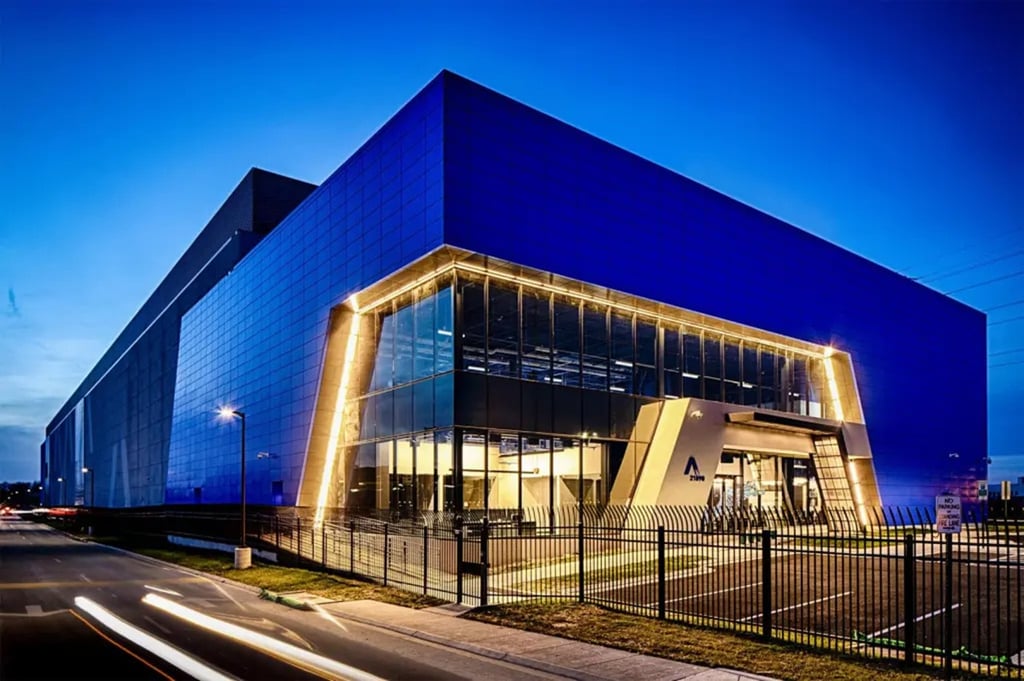Visa and Chain, a San Francisco-based enterprise blockchain infrastructure startup, announced today that they are teaming up to help banks facilitate international business-to-business payments for their corporate customers. The companies are currently building Visa B2B Connect, a Visa-operated payments system that uses a permissioned private blockchain architecture. The companies claim the system will enable participating […]
Datamation content and product recommendations are
editorially independent. We may make money when you click on links
to our partners.
Learn More
Visa and Chain, a San Francisco-based enterprise blockchain infrastructure startup, announced today that they are teaming up to help banks facilitate international business-to-business payments for their corporate customers.
The companies are currently building Visa B2B Connect, a Visa-operated payments system that uses a permissioned private blockchain architecture. The companies claim the system will enable participating financial institutions to quickly process and settle international payments with near real-time verification.
Visa B2B Connect is also highly secure, due in large part to inherently tamper-resistant nature of blockchain technologies. “Signed and cryptographically linked transactions are designed to ensure an immutable system of record,” stated the companies in an Oct. 21 announcement. A pilot is scheduled for 2017.
“We are developing our new solution to give our financial institution partners an efficient, transparent way for payments to be made across the world,” said Jim McCarthy, executive vice president of innovation and strategic partnerships at Visa, in prepared remarks.
Blockchain, best known as distributed database technology that powers peer-to-peer cryptocurrencies like Bitcoin, can be used to create decentralized transaction systems that are extremely resistant to tampering. Naturally, the financial technology (fintech) community is keeping a close eye on blockchain.
In blockchain-based systems, records are maintained in a public ledger that is shared among stakeholders. Status changes are appended to the last record, rather than alter a value as may occur in a traditional database, creating a strong audit trail. As a consequence, blockchain can radically reduce the time it takes to authorize and verify transactions as they wend their way through multi-party money transfer and settlement systems.
“Visa is leveraging Chain Core to create a permissioned blockchain network to enable their financial institution clients to directly exchange value on behalf of their corporate customers,” wrote Chain’s co-founder and CEO, Adam Ludwin, in a blog post. “This network allows institutions to move value with greater speed, predictability, and security than is possible today.”
Visa and Chain aren’t the only ones causing a stir in fintech circles today. IBM and Japan’s SBI Securities also revealed on Oct. 21 that they are working on a blockchain-based bond trading platform using the Hyperledger Fabric.
“As an innovative technology, blockchain has the potential to revolutionize ways businesses work together with their ecosystem of trading partners,” said Takeshi Fukuda, director of IBM Research Tokyo, in a statement. “The technology establishes accountability and transparency while streamlining business processes.”
Pedro Hernandez is a contributing editor at InfoStor. Follow him on Twitter @ecoINSITE.
-
Huawei’s AI Update: Things Are Moving Faster Than We Think
FEATURE | By Rob Enderle,
December 04, 2020
-
Keeping Machine Learning Algorithms Honest in the ‘Ethics-First’ Era
ARTIFICIAL INTELLIGENCE | By Guest Author,
November 18, 2020
-
Key Trends in Chatbots and RPA
FEATURE | By Guest Author,
November 10, 2020
-
Top 10 AIOps Companies
FEATURE | By Samuel Greengard,
November 05, 2020
-
What is Text Analysis?
ARTIFICIAL INTELLIGENCE | By Guest Author,
November 02, 2020
-
How Intel’s Work With Autonomous Cars Could Redefine General Purpose AI
ARTIFICIAL INTELLIGENCE | By Rob Enderle,
October 29, 2020
-
Dell Technologies World: Weaving Together Human And Machine Interaction For AI And Robotics
ARTIFICIAL INTELLIGENCE | By Rob Enderle,
October 23, 2020
-
The Super Moderator, or How IBM Project Debater Could Save Social Media
FEATURE | By Rob Enderle,
October 16, 2020
-
Top 10 Chatbot Platforms
FEATURE | By Cynthia Harvey,
October 07, 2020
-
Finding a Career Path in AI
ARTIFICIAL INTELLIGENCE | By Guest Author,
October 05, 2020
-
CIOs Discuss the Promise of AI and Data Science
FEATURE | By Guest Author,
September 25, 2020
-
Microsoft Is Building An AI Product That Could Predict The Future
FEATURE | By Rob Enderle,
September 25, 2020
-
Top 10 Machine Learning Companies 2020
FEATURE | By Cynthia Harvey,
September 22, 2020
-
NVIDIA and ARM: Massively Changing The AI Landscape
ARTIFICIAL INTELLIGENCE | By Rob Enderle,
September 18, 2020
-
Continuous Intelligence: Expert Discussion [Video and Podcast]
ARTIFICIAL INTELLIGENCE | By James Maguire,
September 14, 2020
-
Artificial Intelligence: Governance and Ethics [Video]
ARTIFICIAL INTELLIGENCE | By James Maguire,
September 13, 2020
-
IBM Watson At The US Open: Showcasing The Power Of A Mature Enterprise-Class AI
FEATURE | By Rob Enderle,
September 11, 2020
-
Artificial Intelligence: Perception vs. Reality
FEATURE | By James Maguire,
September 09, 2020
-
Anticipating The Coming Wave Of AI Enhanced PCs
FEATURE | By Rob Enderle,
September 05, 2020
-
The Critical Nature Of IBM’s NLP (Natural Language Processing) Effort
ARTIFICIAL INTELLIGENCE | By Rob Enderle,
August 14, 2020
SEE ALL
DATA CENTER ARTICLES









